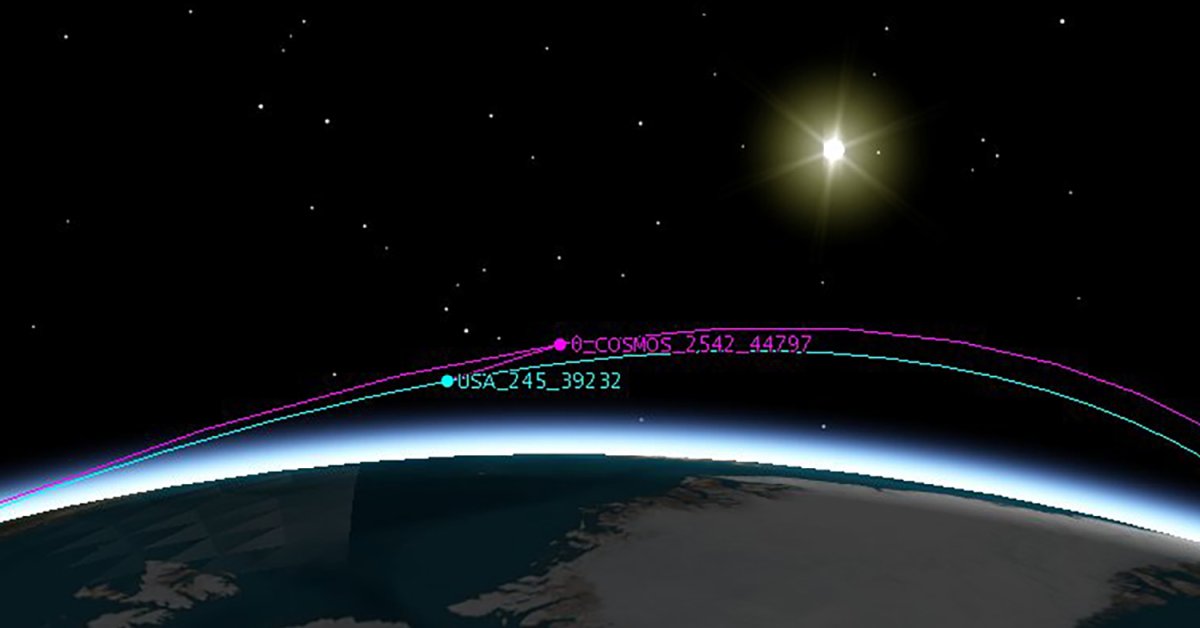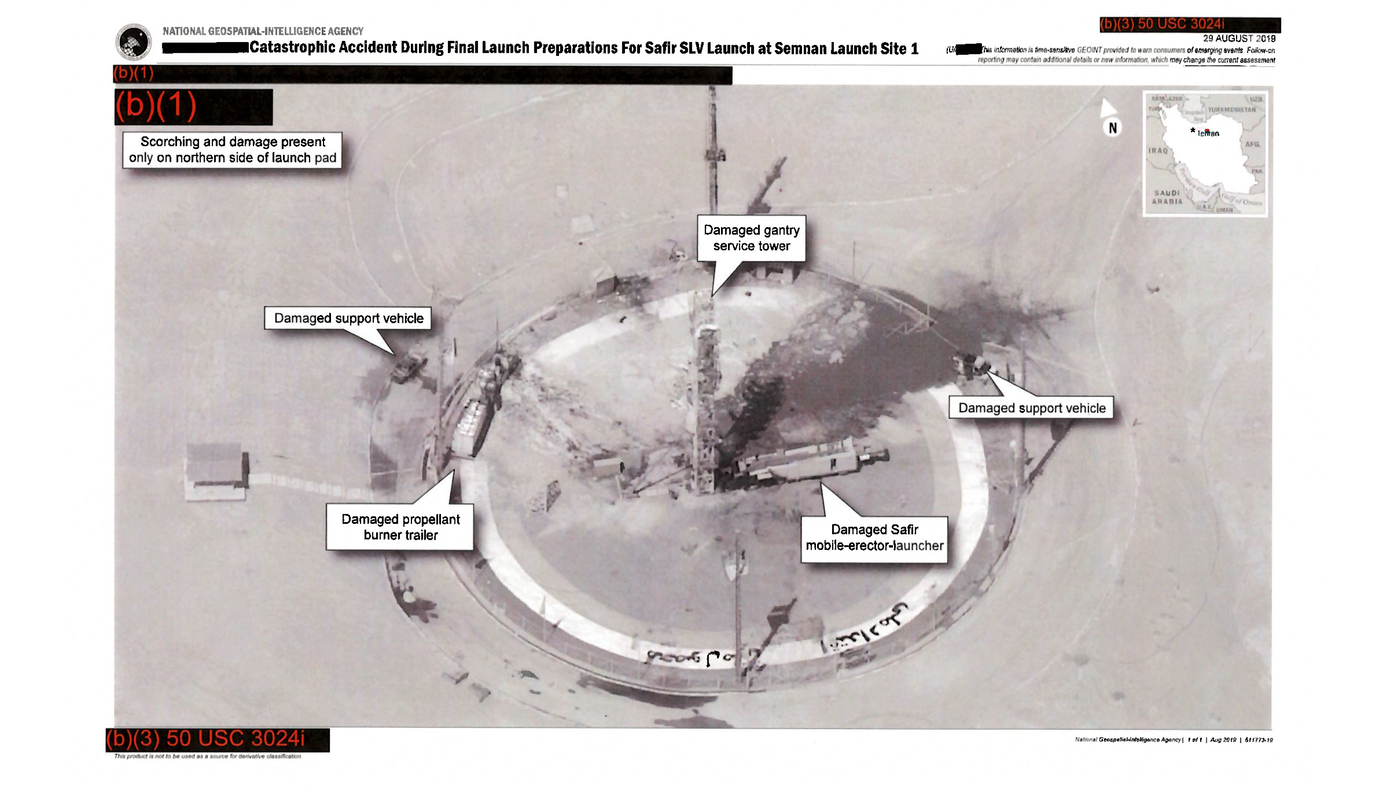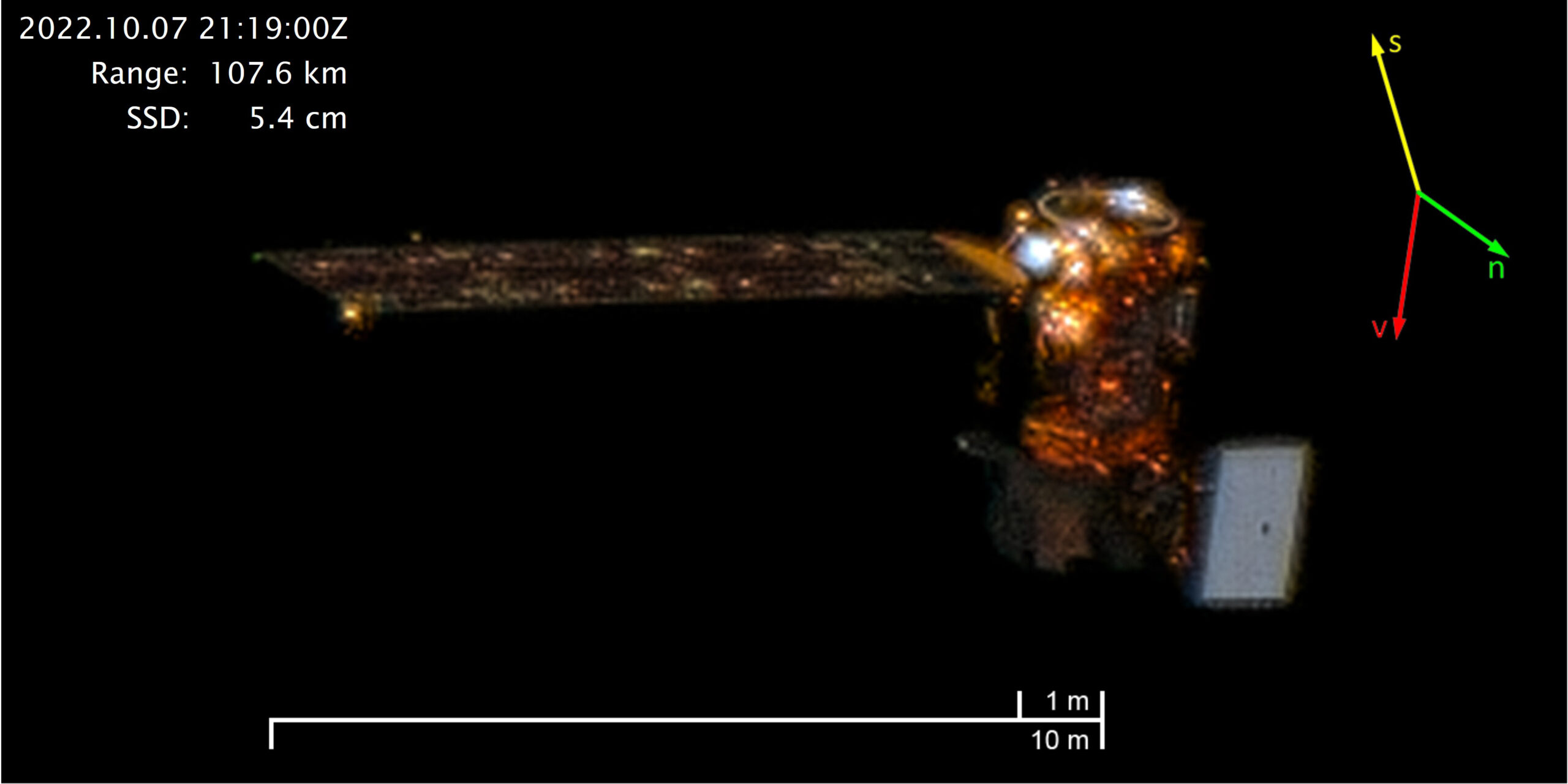by Dwayne A. Day
Monday, July 19, 2021
In 1984, Samuel Loring Morison, an analyst at the Naval Intelligence Support Center outside of Washington, DC, picked three photos off the desk of a colleague. He clipped the security classification stamps off the sides of the photos and provided them to Jane’s Defence Weekly, which had only recently begun publishing. The photos were taken by a satellite of a Soviet Union military shipyard. Knowing that they had a real scoop, the editors at Jane’s put one of the photos on the cover of the magazine and featured the other two in a short article about the latest Soviet naval developments.
The photos were taken by a KH-11 KENNEN reconnaissance satellite, which was then highly secret. They showed a Soviet aircraft carrier (technically, an aircraft-carrying heavy cruiser) and an amphibious warfare ship under construction. They were by far the most detailed reconnaissance photos that had ever been published up to that time, and instantly attracted attention worldwide, resulting in substantial publicity for Jane’s. The article inaccurately reported that the aircraft carrier under construction was to be nuclear powered, but the story was still incredibly important for establishing the magazine’s reputation for inside information.
There was really no way for Morison to cover his tracks considering that he had a part-time job with Jane’s in addition to his day job as a naval analyst, and it did not take long for investigators to trace the photos back to him. Morison was arrested, convicted, and sent to prison for two years. He died on January 14, 2018, aged 73.
Because the photos Morison provided to the media were so famous, they became somewhat of an inside joke among people interested in intelligence collection—spawning, for lack of a better definition, an intelligence meme. In late 1996, somebody leaked a satellite photograph of another Soviet-era aircraft carrier to a journalist, this one working for the conservative-leaning newspaper The Washington Times. For years, Times journalist Bill Gertz had been publishing classified information—including satellite photos—that somebody in the government was leaking to him. Usually the leaks concerned China—which Gertz considered to be a rising menace—although Russia was another topic that Gertz occasionally wrote about based on classified information. Journalists covering the national security beat in Washington were envious of Gertz’s source (or sources) and speculated that the government was trying hard to find the leaker. The Times published the photo on January 1, 1997. The story, “Ukraine won’t finish Russian flattop,” was barely newsworthy except for the fact that it was based on a leaked, classified CIA report and featured a secret satellite photo of a Soviet-era aircraft carrier. Whoever leaked it almost certainly did so with knowledge of the Morison case and printing the photo on the first day of the new year was clearly a taunt, saying “catch me if you can.”







